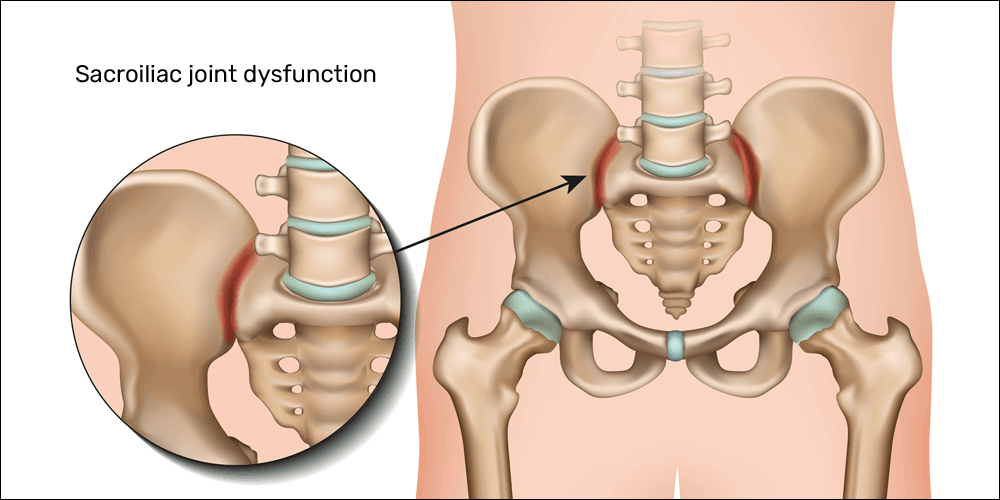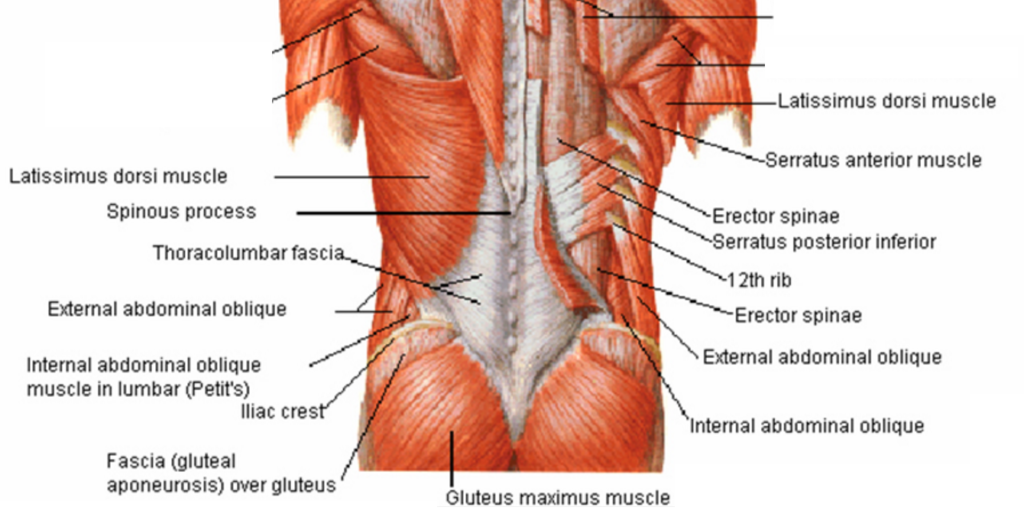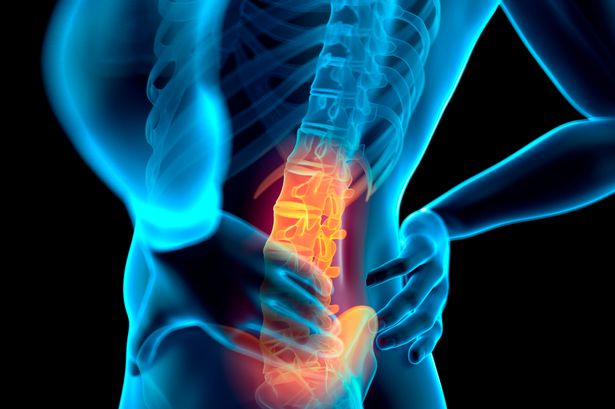Low Back Pain
With Multiple Potential Pain Generators










The most common of these are muscle strain, disc degeneration/herniation, facet joint arthritis, and sacroiliac joint inflammation.
Overview
Low back pain is very common. More than 80% of people have at least one episode of low back pain during their lifetime. Although back pain usually does not represent a serious medical problem and most often resolves on its own, it can be frustrating when pain interferes with daily life.
Certain factors seem to increase a person’s risk of developing low back pain. These include smoking, obesity, older age, female sex, physically strenuous or sedentary work, job-related stress, job dissatisfaction, and mental health issues such as anxiety or depression.
Low back pain is often categorized as “acute” (lasting four weeks or less), “subacute” (lasting 4 to 12 weeks), or “chronic” (lasting more than 12 weeks). While most episodes of acute pain resolve quickly, some people do go on to have longer-term pain.
Diagnosis & Treatment
Initial Diagnosis

Diagnosing the source of pain can often be challenging, as the different pain generators can mimic each other.
Often it is a clinical diagnosis, made via history and physical exam.
X-rays are easy to obtain and can add to the picture.
Advanced Diagnosis
An MRI is the definitive diagnostic tool, but before that costly test is done, some basic conservative treatment should be employed, as the majority of cases will resolve with some simple methods as outlined below.
An EMG/NCV is another useful test when one is presenting with “sciatica”, pain radiating down one or both legs. It is used to determine if lumbar nerve roots are injured. In the hands of a skilled practitioner, this should NOT be a painful test.
Initial Treatment
Initial treatment for any episode of low back pain starts with the use of NSAID’s, muscle relaxers, and physical therapy.
Physical therapy is the KEY component here…but with a caveat.
You MUST be treated by a McKenzie Method certified physical therapist if you want to get the outcome desired
Otherwise you are throwing away good time and money.
About 80% of sufferers will respond to these basic treatments.
Learn about the McKenzie Method. It is also a treatment that can be self directed by a motivated person, with resources available at this link: The McKenzie Institute
Advanced Treatment
Muscle Strain
- Myofascial Release (in PT)
- ESTIM device (like a TENS)
- Trigger point injections
Discogenic pain
- Epidural steroid injections
- Interdiscal injections
- Surgical decompression
- Spinal Cord Stimulation
Facet Joint pain
- Facet Joint injections
- Diagnostic Medial Branch Blocks
- Radiofrequency Ablation to the medial branches
Sacroiliac Joint pain
- Mobilization and stabilization (in PT)
- SI Joint injections
- Sacral Lateral Branch Blocks
- Radiofrequency Ablation to the sacral lateral branches
- Surgical Fusion (minimally invasive)
So tell us YOUR story!
Ask questions!
Disclaimer: This is an informational post designed to foster discussion. It should not substitute for the advice of your doctor.
